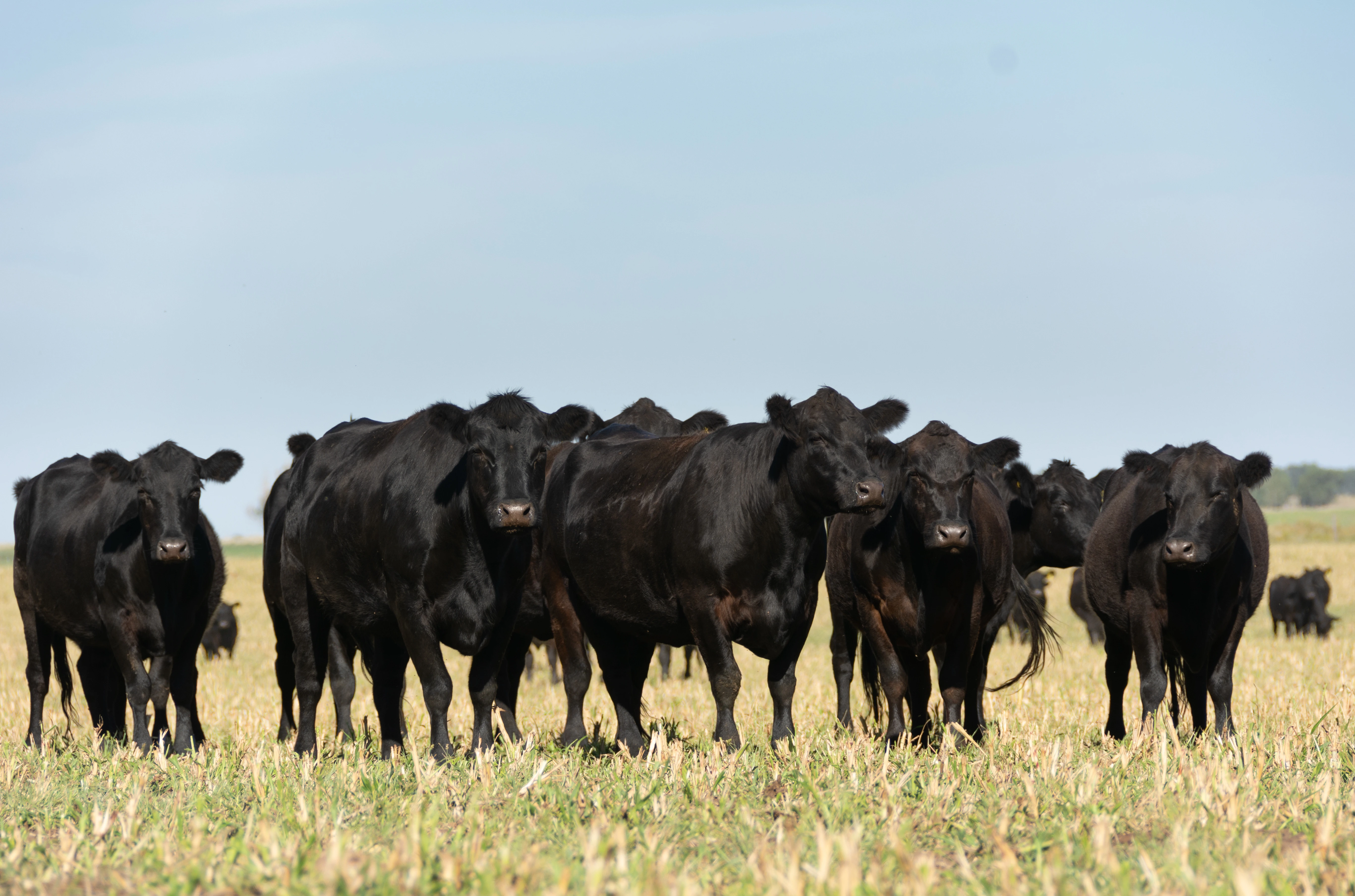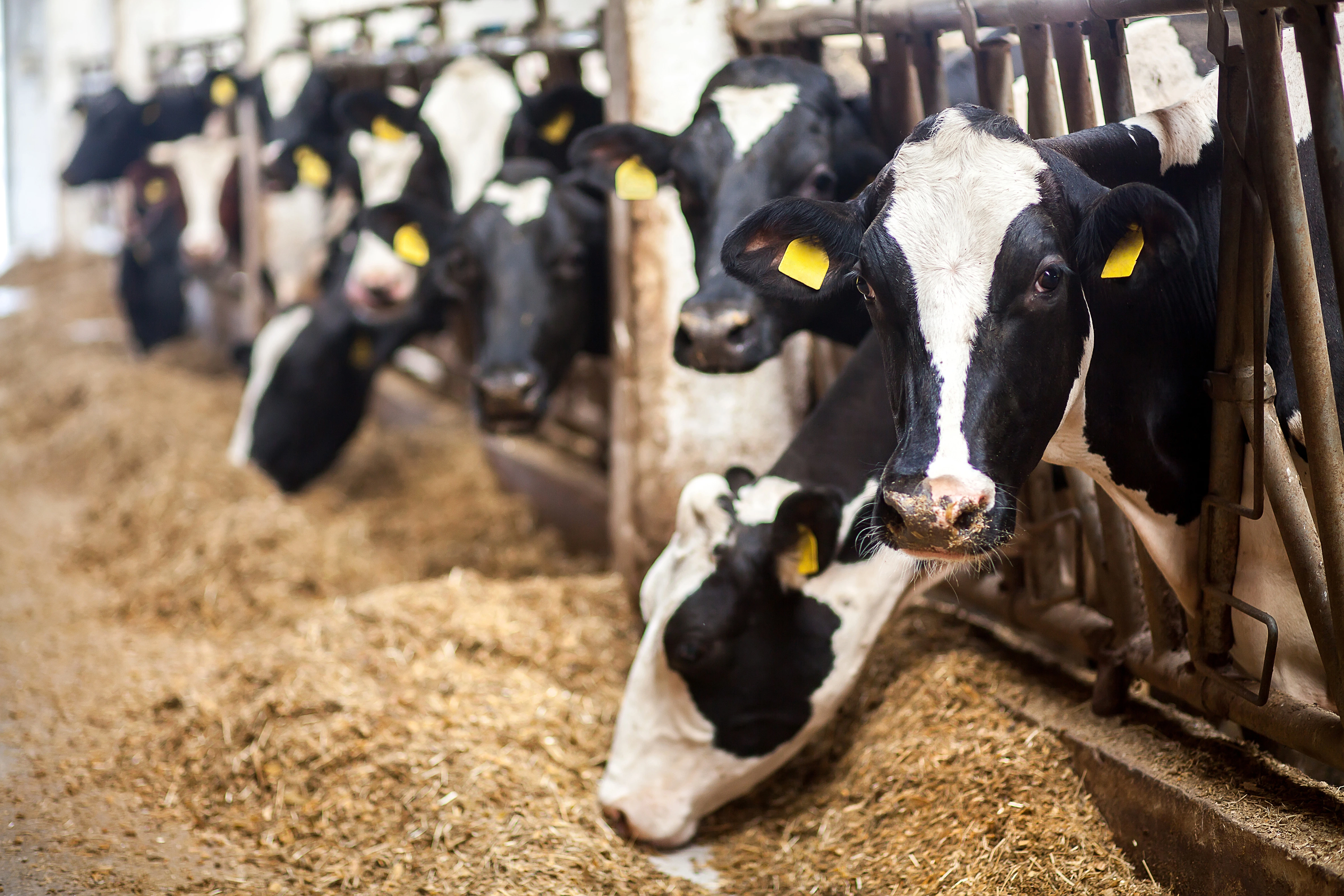
By Chris Mahlerbe, DVM, The Dairy Authority
Blanket treatment with intramammary antibiotic tubes at dry off has been a cornerstone of comprehensive mastitis control programs for many years. That’s because intramammary antibiotic treatment at dry off cures existing mastitis infections and prevents new ones from developing during the dry period. As a result, cows produce more milk and higher quality milk in the next lactation.
Changes in how we manage cows, adoption of new technologies, and an increased focus on improving milk quality has resulted in herd-level somatic cell counts (SCC) steadily declining in the United States. Herds achieving a bulk tank SCC of 200,000 cells/mL or less is now common. Add in consumer concerns, plus today’s regulatory environment, and that makes it a good time to consider implementing a selective dry cow therapy program for your dairy.
Selective dry cow therapy (SDCT) is just that. Some cows receive intramammary antibiotic treatment at dry off and some cows do not. The decision is based on each individual cow’s health history.
The herds that are the best candidates for SDCT are those with (1) a consistently low bulk tank SCC of 200,000 cells/mL or less; (2) a low incidence of clinical mastitis; and (3) little to no incidence of contagious mastitis.

For such herds, SDCT could provide many benefits, including:
- Cost savings -- Treating each cow with intramammary antibiotic tubes at dry off runs about $12-16 per cow.
- Minimize risk of antibiotic residues -- If a cow were to abort during the dry period, a producer could opt to cull the cow without any risk of antibiotic residue in the meat. It also means there is no milk withdrawal for antibiotic residues when cows freshen, even if they calve early.
- More judicious antibiotic use – As an industry we should strive to minimize the use of antibiotics where we can. By curbing antibiotic use in food animal production, we can preserve their power for the times we really need them, in both animal and human medicine.
- Safety to calves – While the impact of trace amounts of antibiotics in waste milk on calves that consume them is not completely understood, it’s best to reduce or eliminate those antibiotics from pre-weaned calves’ diets when possible.
It is likely that at some point in time the blanket use of antibiotics at dry off will be scrutinized by regulators much like the use of feed-grade antibiotics was in youngstock. It would be advisable to assess if SDCT would be suitable for your dairy prior to that time so that you can make informed decisions on your own timeline -- not one imposed by regulators.
In herds with low SCC that have used SDCT we have routinely seen the use of antibiotics at dry off drop by over 50%. That represents both a cost savings for farms, and an example of how the dairy industry is respecting the use of antibiotics and protecting their integrity for the future.








